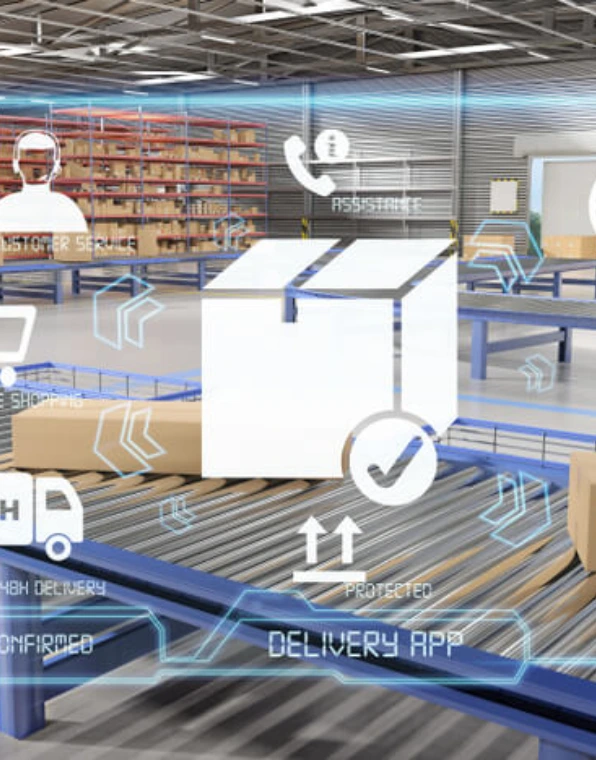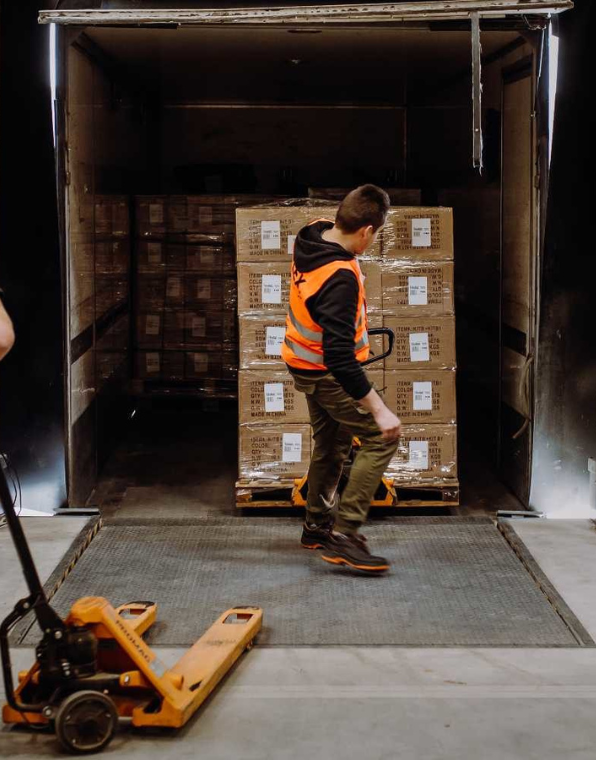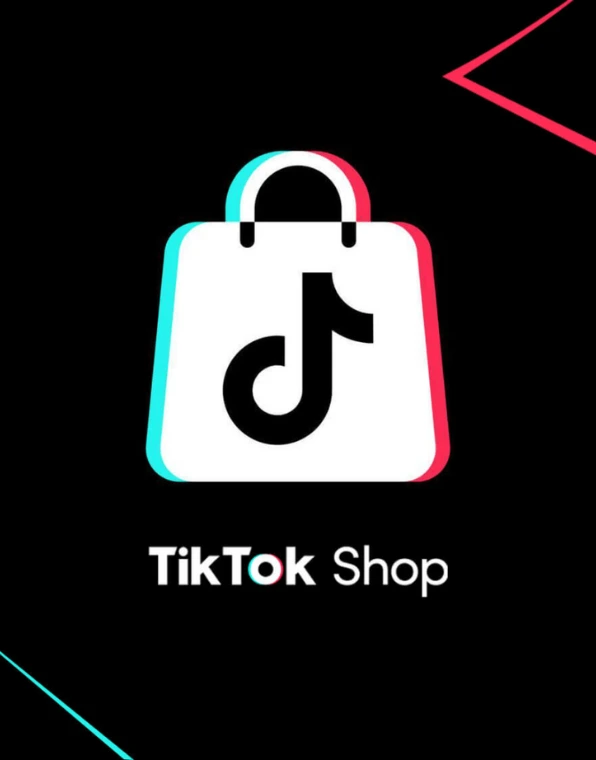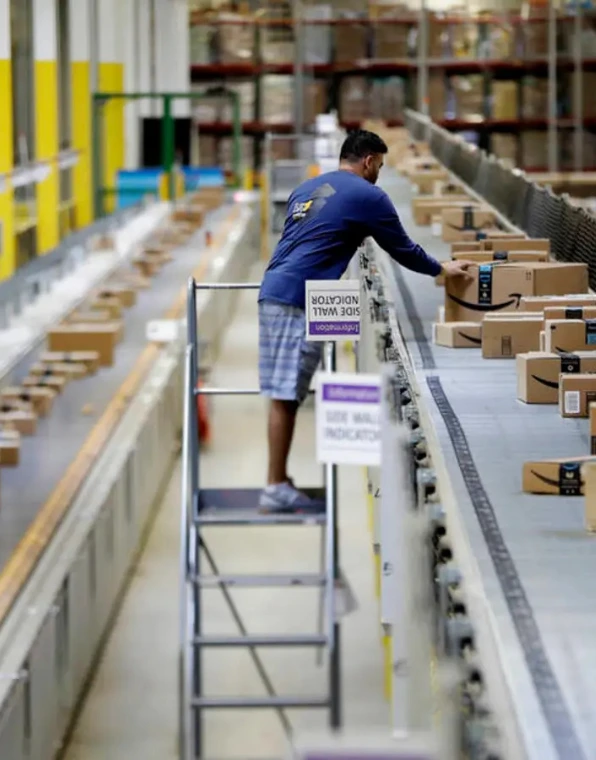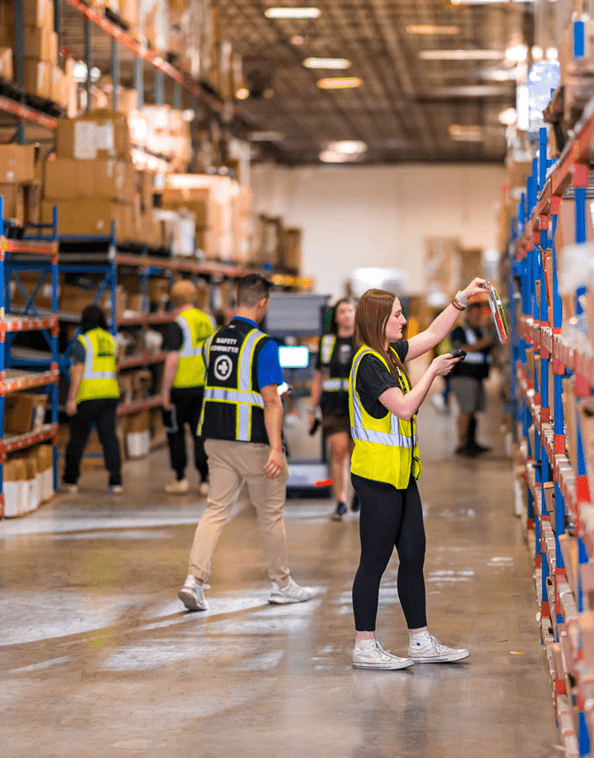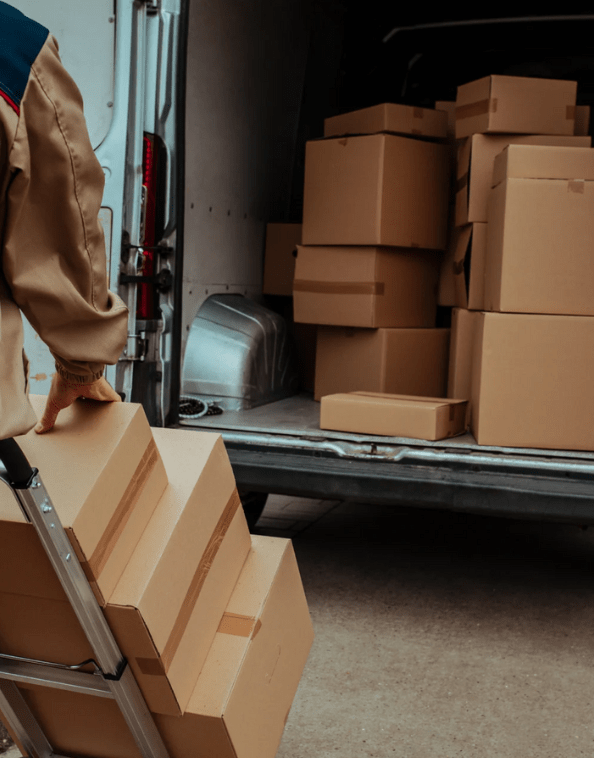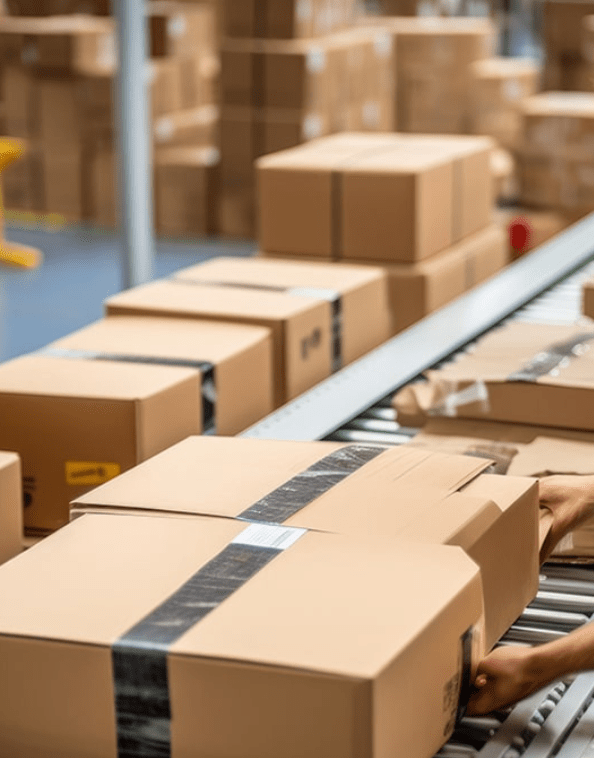As your business scales, managing logistics becomes increasingly complex. While startups might handle fulfillment in-house, growing businesses often turn to third-party logistics (3PL) or even fourth-party logistics (4PL) providers. But which option is right for you?
In this guide, we’ll break down the differences between 3PL and 4PL providers, explore how they fit into the broader logistics landscape, and help you determine which model aligns best with your operational needs. We’ll also discuss how FulfillMe can support your logistics growth.
Understanding 3PL vs. 4PL
Logistics evolves as businesses grow. While initial fulfillment may be simple, scaling up often requires external logistics solutions. The key distinction between 3PL and 4PL providers is their scope: 3PLs handle fulfillment tasks like warehousing, inventory management, and shipping, whereas 4PLs oversee the entire supply chain, coordinating 3PL services along with procurement, transportation, and strategic optimization.
The Five Levels of Logistics Providers
Your business might transition through different logistics levels as it expands. Here’s a breakdown:
- 1PL (First-Party Logistics): A company manages its own logistics, delivering products directly to customers.
- 2PL (Second-Party Logistics): A company outsources transportation but retains control over warehousing and fulfillment.
- 3PL (Third-Party Logistics): A provider manages warehousing, inventory, and order fulfillment.
- 4PL (Fourth-Party Logistics): A provider oversees the entire supply chain, coordinating multiple 3PLs.
5PL (Fifth-Party Logistics): A provider manages supply chain networks, optimizing logistics across multiple businesses.
Comparing 3PL and 4PL Providers
Order Fulfillment
- 3PLs focus on warehousing, inventory management, pick-and-pack services, and shipping.
- 4PLs manage broader supply chain operations, ensuring optimal efficiency and coordination.
Merchant Involvement
- 3PLs require merchants to make key supply chain decisions.
- 4PLs take a more hands-off approach for merchants, handling logistics strategy and execution.
Supply Chain Optimization
- 3PLs offer warehouses and distribution centers for streamlined fulfillment.
- 4PLs optimize supply chains by selecting the best partners and fulfillment locations.
Customer Communication
- 3PLs leave customer communication to the merchant.
- 4PLs handle customer interactions related to logistics and delivery issues.
Pros and Cons of 3PL vs. 4PL
3PL Advantages
- Scalability: 3PLs have warehousing and distribution networks ready for growing businesses.
- Expertise: They offer specialized services like custom packaging, kitting, and analytics.
- Automation: Many provide warehouse management systems (WMS) and workflow automation.
3PL Disadvantages
- Complexity: Managing multiple 3PLs can be challenging.
- Merchant Responsibility: Businesses must still oversee supply chain decisions.
4PL Advantages
- Comprehensive Management: 4PLs handle logistics from procurement to last-mile delivery.
- Data-Driven Insights: They leverage extensive data to optimize logistics strategies.
- Advanced Technology: 4PLs often utilize AI, RFID tracking, and robotics for efficiency.
4PL Disadvantages
- High Dependency: Transitioning away from a 4PL can be difficult once established.
- Cost: Their extensive services come at a higher price than 3PLs.
Choosing the Right Logistics Model
For small and mid-sized businesses, 3PLs like FulfillMe provide an efficient and cost-effective way to scale logistics. Even larger enterprises with complex supply chains can benefit from the flexibility and expertise that 3PLs bring, offering a tailored approach to meet diverse business needs.
By understanding the advantages of 3PLs, you can make an informed decision that best supports your business growth.

